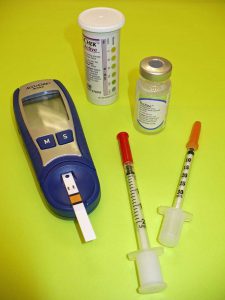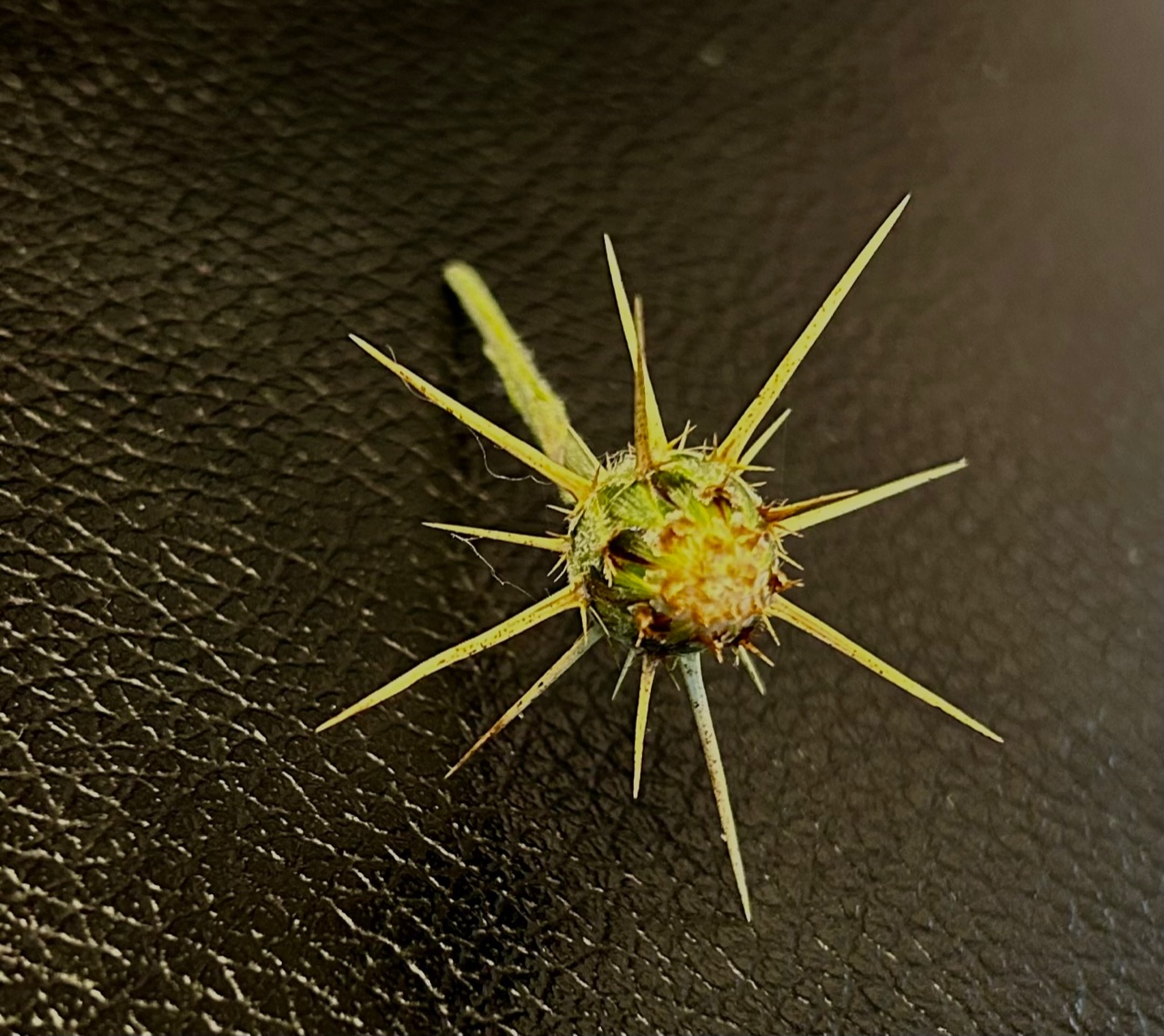Written by Richard Tao, DVM
Diabetes is a disease most people are familiar with. Whether it is on a personal level affecting a family member or a close acquaintance, there is no denying that it creates a strain on the physical health of our nation. However personal diabetes is in your life, it’s important not to forget that our pets can also suffer from the condition. Many pet owners are unaware that diabetes is found in dogs and cats too! It is a serious disease that deserves a serious detailed discussion with your veterinarian.
Our pets have no way of communicating the presence of a serious disease like diabetes to us. Owners need to be able to recognize early signs of diabetes, because as conventional wisdom teaches us early detection can lead to early cures. The most common signs of diabetes are an increase in water intake, an increase in urination, and weight loss. Subtle signs like cataracts and muscle weakness can occur in the lateI stages of the disease. You can expect your veterinarian to obtain a blood and urine sample and perform an ultrasound of the abdomen to make a diagnosis of diabetes.
Diabetes mellitus is the result of the body’s inability to absorb and use a form of sugar called glucose. Without the ability to use glucose from the blood stream the cells in the body literally starve and ultimately cause the disease associated with diabetes. Insulin is the hormone produced by the pancreas that allows the cells to utilize glucose. Treating diabetes will inevitably require insulin injections. The very act of poking your own furry companion may seem difficult, yet it is something even the most needle shy person can manage. We will walk you through each and every step of treating a diabetic pet from diagnosis to treatment and management. With proper care even a diabetic animal can live a long life.










Leave A Comment
You must be logged in to post a comment.